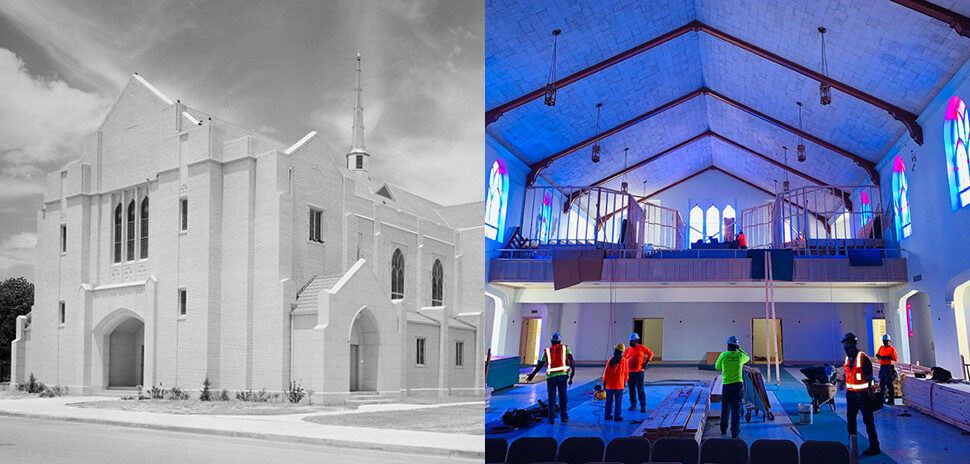Former Georgia Congressman Kwanza Hall says there’s a need to add 4.6 million new housing units to the country’s stock over the next 10 years, but the U.S. is falling short of that goal by about 250,000 units per year. Now he serves as senior advisor to a company that aims to help fill that gap.
Launching this week, Frisco-based housing company Homz is looking to build tens of thousands of multifamily units across the country, aimed at fostering integrated communities and economic growth.
“We aim to fundamentally shift how rental housing is developed and branded, creating greater efficiencies that result in attainably-priced homes and a viable solution for the housing crises plaguing markets across the world,” said Dipika Patel, the locally based managing director of Homz, in a news release.
Each Homz community will include build-to-rent single-family homes, in addition to four multifamily brands (UP, 24, NJOY, and LYF) that are designed to meet the needs of renters at each stage of their lives, according to the company.
Homz sets its sights on creating 50 communities in the next five years
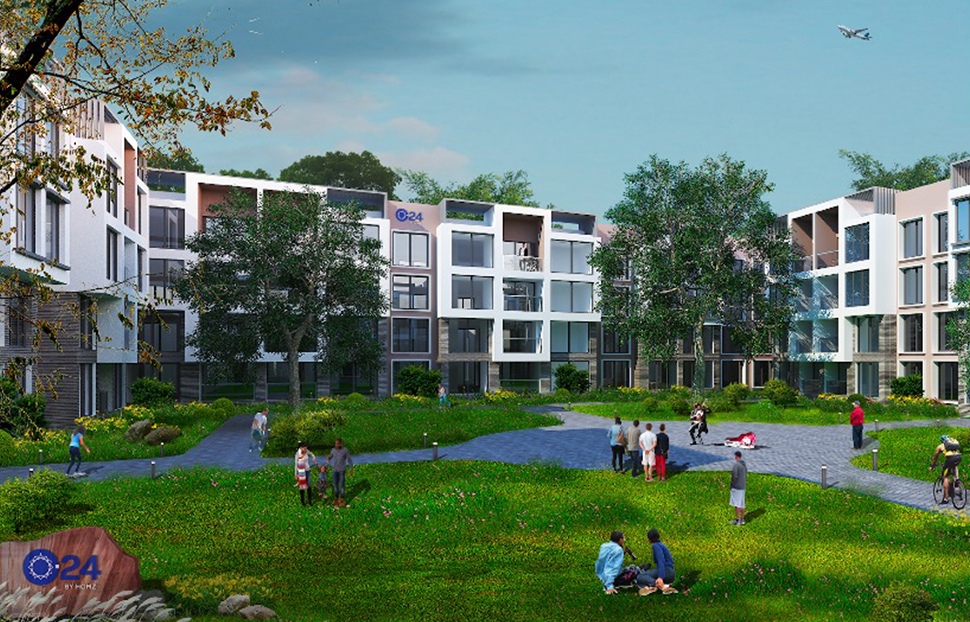
24 by Homz [Rendering: Homz]
Homz says it plans to bring the “hospitality model” to the development of standardized housing, and is aiming to break ground on 50 master-planned communities across the country over the next five years in secondary and tertiary markets where it sees population and job growth outpacing the housing supply. According to Homz backer Naban Ventures, that could translate to about 75,000 units across more than 7,500 acres.
A company spokesperson said Homz sees “significant opportunity” in states like Texas, Alabama, North Carolina, Colorado, New Mexico, and Utah.
The company said it has 15 to 18 initial agreements for developments currently pending.
Homz says it plans to standardize the design of its branded properties in order to make them easily reproducible and recognizable in a variety of markets.
“Homz aims to create economies of scale around a consistent branded uniformed experience—design, livability, connectedness—that result in attainably-priced homes,” the spokesperson for Homz told Dallas Innovates via email. “This is especially critical as we see significant luxury development, and local and state jurisdictions incentivize affordable housing, but there is a large and growing piece missing in the middle – this is primarily what we seek to address.”
Creating ‘vibrant communities’ with urban farms and amphitheaters
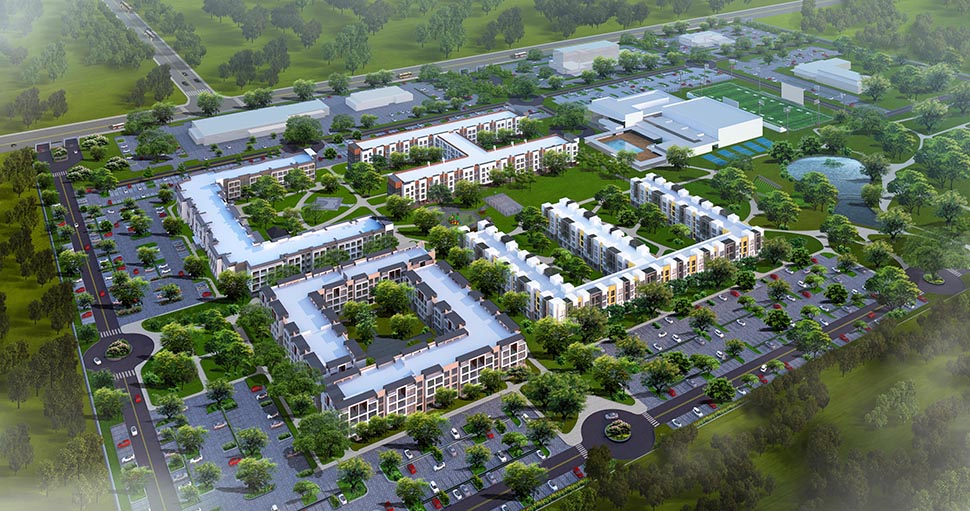
[Rendering: Homz]
Patel says she wants to develop “highly amenitized urban environments” that support personal wellness in a diverse socioeconomic setting, per a news release.
The four branded multifamily options Homz plans to offer range from those aimed at college students with roommates to those for young professionals and others with families that may be looking to grow in place. In addition to offering a number of housing options, the company says it plans to include more than 50 publicly available amenities at its communities—including common things like clubhouses, pools, Miyawaki forests, and restaurants, and more unusual features like urban farms and amphitheaters.
“Developing mixed-use, walkable communities is central to our ability to create vibrant, holistic, wellness-focused destinations that not only provide well-priced housing, but truly foster a deeper sense of well-being within their broader communities,” the spokesperson said.
‘Fundamentally different from anything that exists in the market’
The company, which says it has 60 employees across the country—four of which are local, in addition to Patel and Managing Director Lakshmi Narayanan—said communities may also include space for retail, office, health care, and educational activities, adding that each community will be designed to meet the requirements of the United Nations Principles for Responsible Investing initiative.
“We’ve created a business model that is fundamentally different from anything that exists in the market, and we believe it has significant potential as a viable solution for the housing challenges many markets face in the U.S. and abroad,” Lakshmi Narayanan said in a prepared statement. “What we intend to create is not only an attractive living environment, but an experience that is consistent across each destination we develop.”
A ’triple bottom line approach’
Overall, Homz says it plans to invest between $140 million and $170 million in each community, holding onto each investment for around 25 years. The company said it expects to do this by securing financing through the Department of Housing and Urban Development, in addition to working with municipalities and private owners to secure land.
“Our triple bottom line approach focuses on sustainable development, placemaking, and public amenities, allowing us to responsibly deliver the highly amenitized lifestyle residents seek at attractive price points while creating public value that draws incentives from local governments,” Patel said in the statement.
According to Homz, the company’s leadership has decades of experience in the space, having collectively managed more than $5 billion worth of assets. Patel previously served as the president and CEO of hospitality investment and management firm Hayden Holdings and CEO of Patel Capital, while Narayanan has a long history of impact investing and social entrepreneurship.
“Our goal is to fundamentally shift how rental housing is developed and branded, creating greater efficiencies that result in attainably priced homes and a viable solution for the housing crises plaguing markets across the world,” Homz spokesperson said. “Our business model is fundamentally different from anything that exists in the housing market. We intend to create not only attractive living environments, but experiences that are consistent across each destination and provide public value to markets across the country.”
![]()
Get on the list.
Dallas Innovates, every day.
Sign up to keep your eye on what’s new and next in Dallas-Fort Worth, every day.










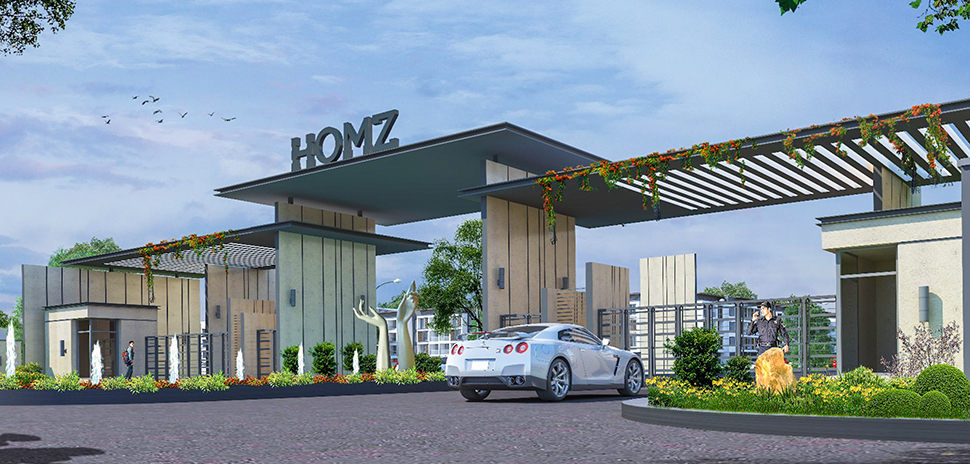

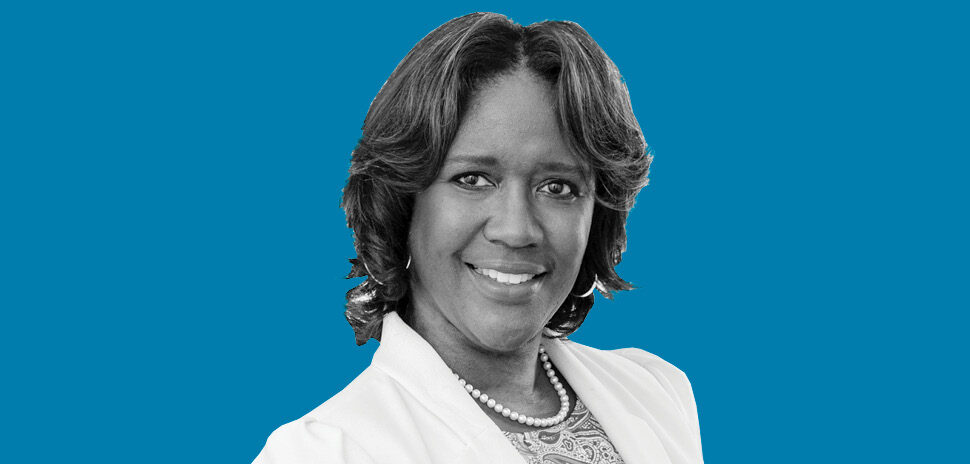
![Clockwise from upper left: John Ficken, Ali Wajahat, Sanjiv Yajnik, Valerie Jarrett, Amanda Cage, Marissa Horne, Alan Cohen, Evan Frazier, Vu Le, Emary Aronson, and Chastity Lord. [Photos via Capital One]](https://s24806.pcdn.co/wp-content/uploads/2021/10/CapitalOne2021ReimagineChangemakers-970x464.jpg)
